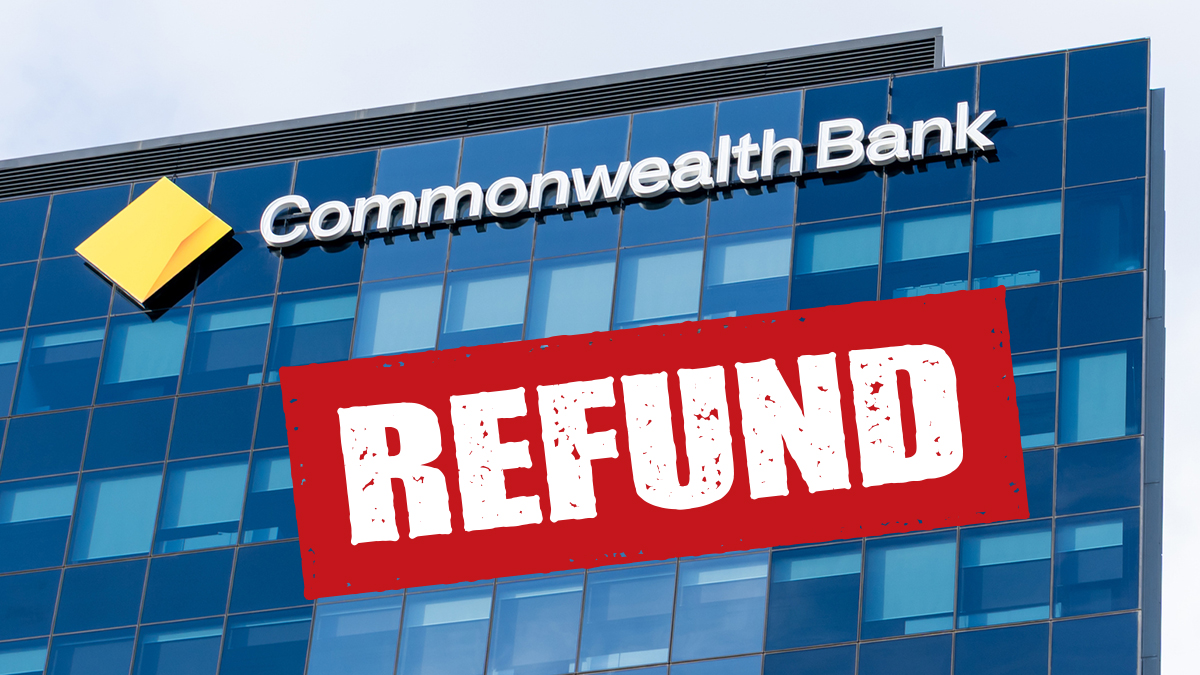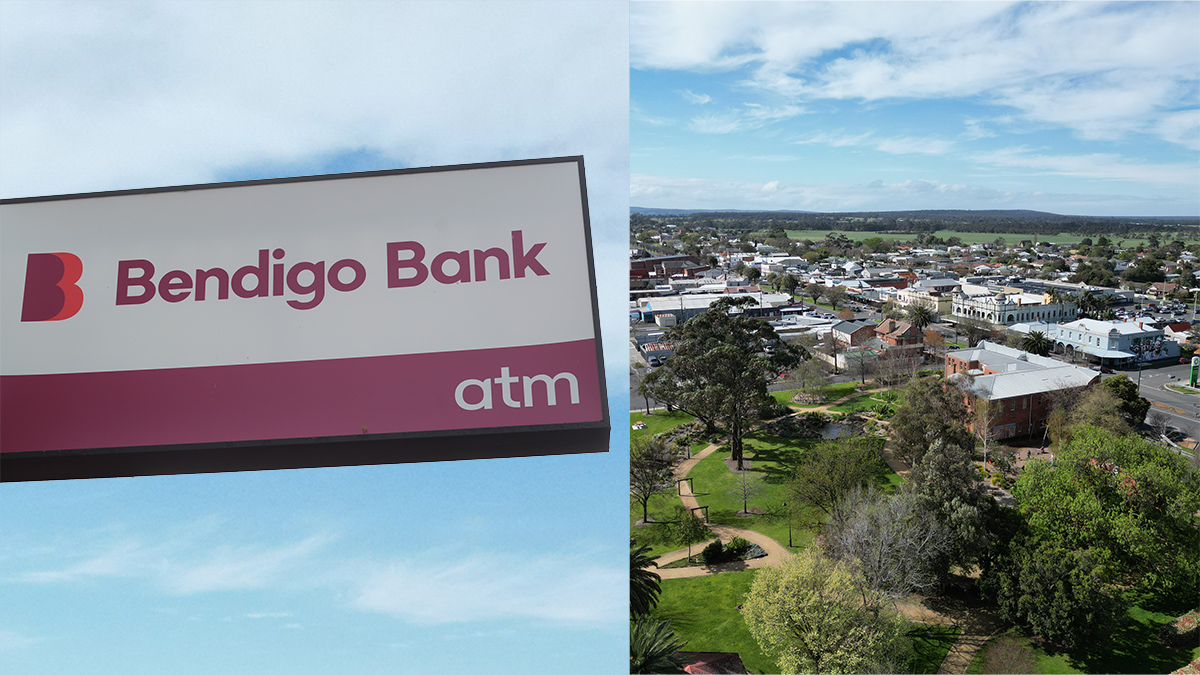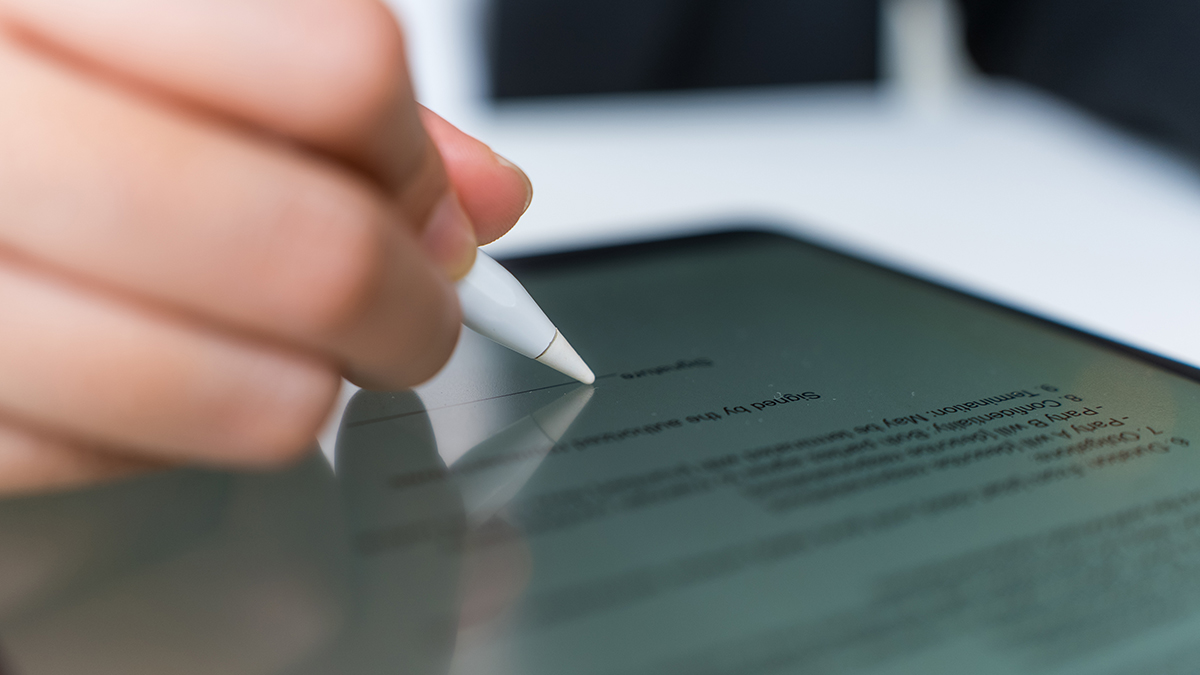Get our independent lab tests, expert reviews and honest advice.
How to find the best account and switch banks

Need to know
- Banks fees have come down or disappeared altogether in recent years
- If your bank's not giving you a fair deal, it's probably time to switch
- Banks are legally obliged to help you transfer direct debit and credit arrangements, whether they know it or not
There once was a time when many banks charged an account-keeping fee – meaning you had to pay the bank for the privilege of having access to your money.
Meanwhile, the banks were using your personal capital to make some very tidy profits through loans, investing and other complicated banking stuff.
This never sat well with the money mavens at CHOICE and, fortunately, the era of high banking fees continues to wind down.
We like to believe we had something to do with that, since CHOICE has been campaigning against unfair bank fees for a long time.
These days, it’s not hard to find a bank that doesn’t charge a monthly fee – and it’s not hard to find out which ones do and which ones don’t.
How do I check on account-keeping fees?
Simply go to the bank’s website and access its fee schedule. Since you’re likely to get hit with some form of a product disclosure statement (PDS), be prepared to be confused. You’ll probably have to scroll around a bit, but the bank is obliged to disclose all the details.
If you’re still not sure after checking the PDS, give the bank a call and ask how well its policies line up with our CHOICE Banking Checklist below.
How do I check on penalty fees?
Bank penalty fees, also known as exception fees, aren’t as easy to avoid as account-keeping fees for some bank customers, but they shouldn’t be excessive.
We think an overdrawn account charge should be no more than $5, and banks should make a few tries to complete the transaction before hitting you with a penalty. We’ve always argued that banks shouldn’t be allowed to charge customers more than it costs to fix the problem.
We think an overdrawn account charge should be no more than $5, and banks should make a few tries to complete the transaction before hitting you with a penalty
To find out what penalty charges you could face, check the fee schedule for your account type by searching on your bank’s website or asking them in person.
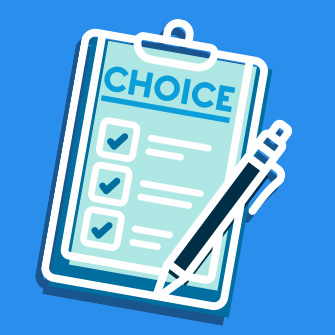
The CHOICE banking checklist
The best bank accounts should stand up to the CHOICE banking checklist:
- No monthly fees with no conditions attached, such as a minimum monthly deposit or balance.
- Unlimited, unconditional, free own-bank ATM and EFTPOS transactions.
- A range of other unlimited transactions at no cost, including direct debit or credit, phone and internet banking, BPAY service and over-the-counter service if available.
- Transaction accounts should be linkable to a savings account with a reasonable interest rate (the arrangement is sometimes called a ‘cash management account’). You should also be able to transfer money back and forth between the accounts online as often as you like at no charge. (Interest rates are at a low point at the moment, so the definition of ‘reasonable’ will change over time.)
Other things to consider:
- ATM access – does the bank have a large number of ATMs?
- Branches – is there a network of physical branches for those who prefer to do their banking in person?
- Student accounts – are they free?
- What benefits/freebies will I get from my new account? (To consider only if the new account passes the checklist test above.)
What should I look for in a high-interest bank account?
Many savings accounts impose conditions on maintaining the rate on offer, such as making monthly deposits. Others offer a good teaser rate at the outset, but revert to a lower standard rate after a set period of time.
Be sure to read the terms and conditions with care.
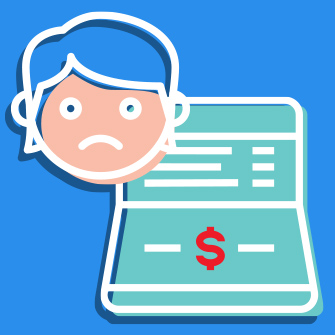
Choosing a kids’ bank account
First and foremost, avoid bank-sponsored bank-account programs aimed at your kids such as the Commonwealth Bank’s long-running Dollarmites program.
Masquerading as a program aimed at improving financial literacy for children, Dollarmites has always been a marketing ploy aimed at locking in customers from the earliest possible age.
But if you want to shop around for a kids’ account that pays the best interest or charges the lowest fees, keep the following advice in mind.
Interest rates
To get more interest than the base rate, young savers will generally need to contribute regularly – usually at least monthly. They also need to be disciplined; if they take out money during the month, the interest rate will usually drop.
Many banks also offer fee-free kids’ versions of their normal transaction accounts. The downside of this type of account is that they usually pay little or no interest.
Watch out for sneaky fees
Banks generally won’t charge kids account-keeping fees, but other fees can apply.
Withdrawal fees
Kids’ accounts may offer only one free withdrawal a month, and then charge special fees for over-the-counter withdrawals.
Coin-counting fees
Banks may also penalise kids for dumping a pile of coins on the counter. Although most institutions exempt them from a flat or percentage-based coin-counting fee, some will take a cut.
Converting to an adult account
Once your child hits an age-limit – usually 12 – their account might automatically convert to an adult account. Make sure the new account is fee-free and meets the CHOICE banking checklist criteria.
How to switch banks accounts
Most people don’t want to go to the trouble of switching bank accounts because of pre-existing direct debit and credit arrangements.
In fact, it’s an obstacle that can keep people stuck in accounts that charge high fees and offer a second-rate service.
What many people don’t know – including, apparently, many bankers – is that the banks themselves have been required to help facilitate the handover of direct credit and debit setups since 2012.
It seems to be a deep dark secret in the banking world, but it’s a fact.
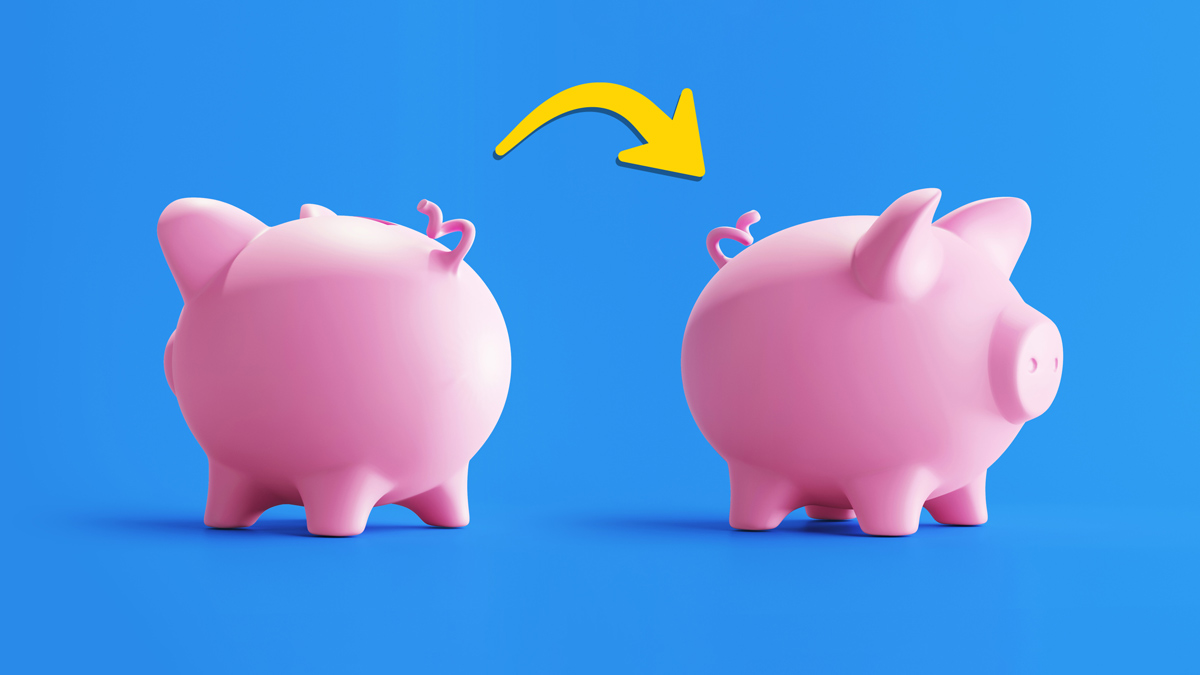
Forgotten, but not gone
The account-switching rules have been in place since 2012, but to date no government agency has checked to see if they’re actually being followed.
The government in office at the time the new account-switching framework was mandated said it would be reviewed in 2014. But ASIC told us in March 2017 that it was never asked to conduct such a review.
When we followed up with ASIC in October 2020, we were informed that the account-switching rules were still in effect for any bank that has signed up to the ePayments code, which nearly all banks have
A CHOICE spot check in 2014 found that only one of the big four banks’ (CBA, ANZ, NAB and Westpac) branches knew about the account-switching requirements or had the correct forms on hand.
When we followed up with ASIC in October 2020, we were informed that the account-switching rules were still in effect for any bank that has signed up to the ePayments code, which nearly all banks have.
Why you should switch
There are three good reasons to consider switching banks:
- You’re paying too much in fees.
- Your current account pays little or no interest.
- You’re unhappy with the bank’s service.
Step 1: Find a new account
Make sure it meets the CHOICE banking checklist criteria above.
Step 2: Open a new account
You’ll need to provide the new bank with appropriate forms of identification to meet a 100-point check. You’ll also need to give other details to set up the new account in your name.
Step 3: Get your new bank to access your direct debit/credit arrangements
Under the government’s bank-account-switching package, your old bank must hand over a list of your direct credit and debits for the previous 13 months to your new bank when it asks for them.
We suggest taking a hands-on approach to redirecting your salary and other payments to the new account
Step 4: Your new bank contacts the businesses you bank with
You fill out a single form for your new bank that lists the businesses with which you’ve set up direct debit and credit arrangements. Your new bank then contacts these businesses and gives your new account details.
Note: You’ll have to make some changes yourself with the new bank, such as regular internet banking ‘pay anyone’ and BPAY payments.
The single-form switching idea looks good on paper, but it may not go as smoothly as planned – especially given the fact that no government agency has followed up to see if it’s working. So it’s a good idea to double check on your most important direct-debit and credit arrangements, such as with utility or telco providers. And we suggest taking a hands-on approach to redirecting your salary and other payments to the new account, too.
Step 5: Ditch the old account!
But before you do, leave it open with some money in it for a short time to make sure no more payments are going in or out. And put some money in the new account to make sure there’s at least enough cash to cover upcoming scheduled payments.
When everything is running smoothly, transfer any remaining cash to the new account – and close the old one permanently.

